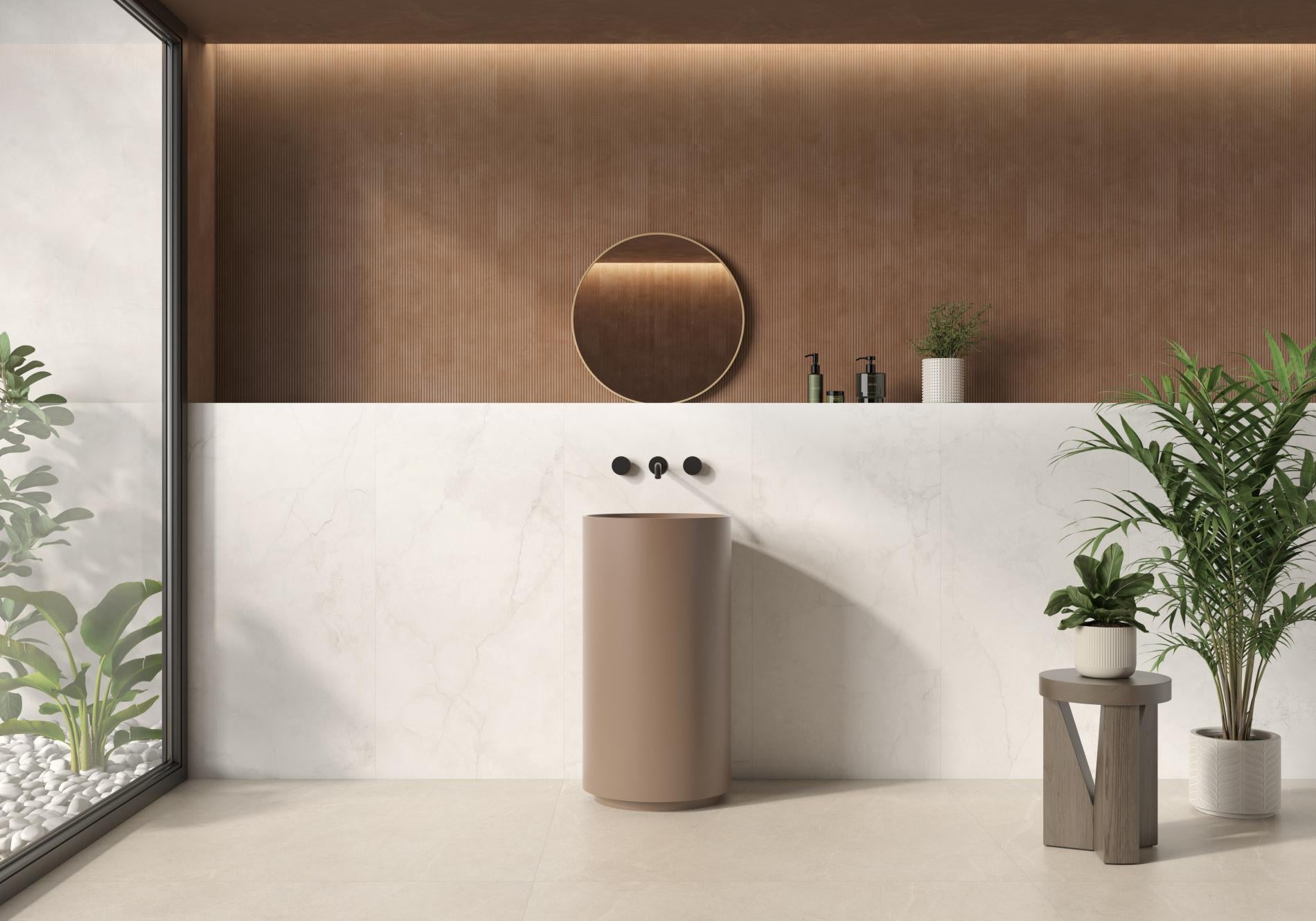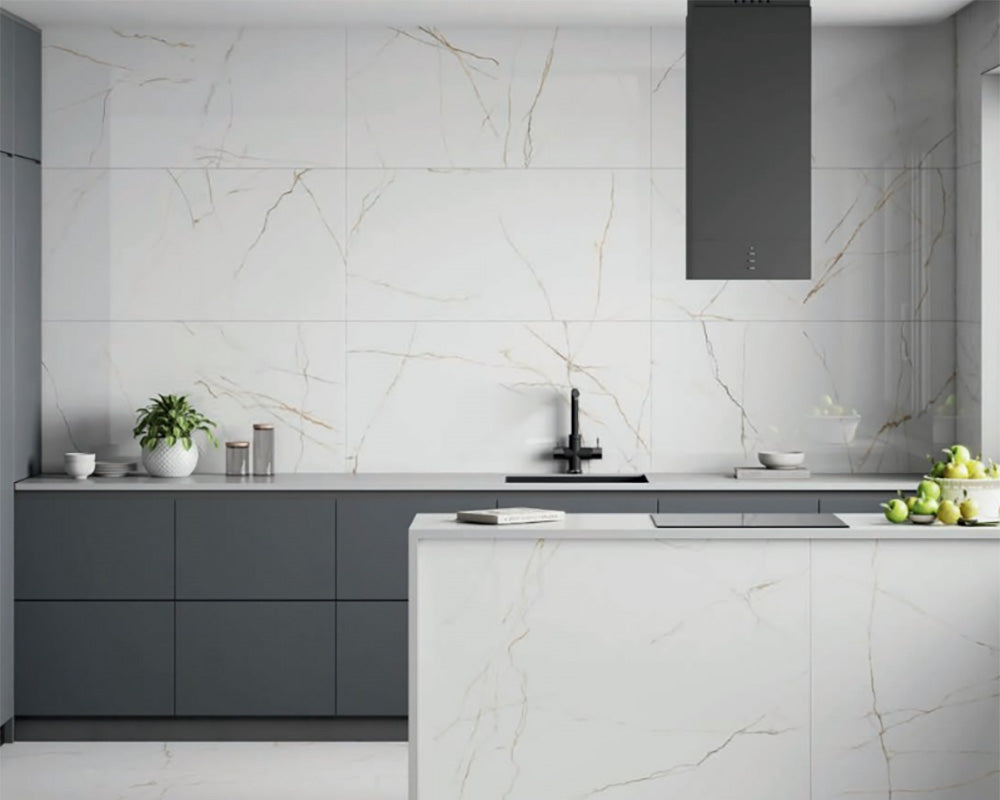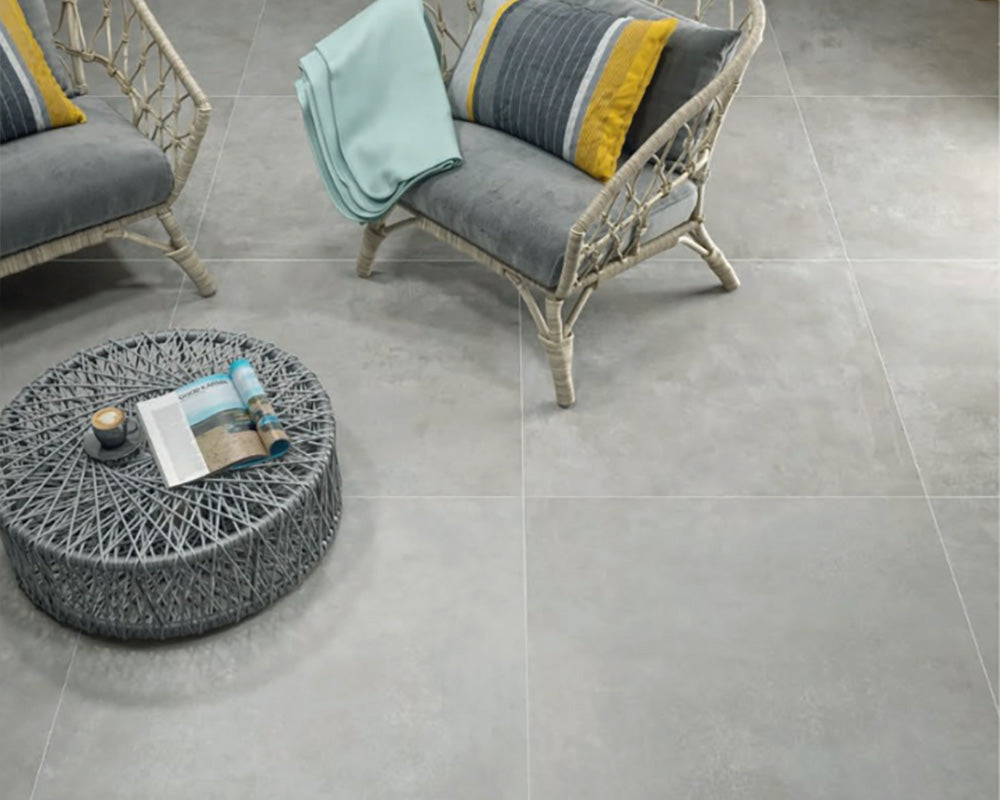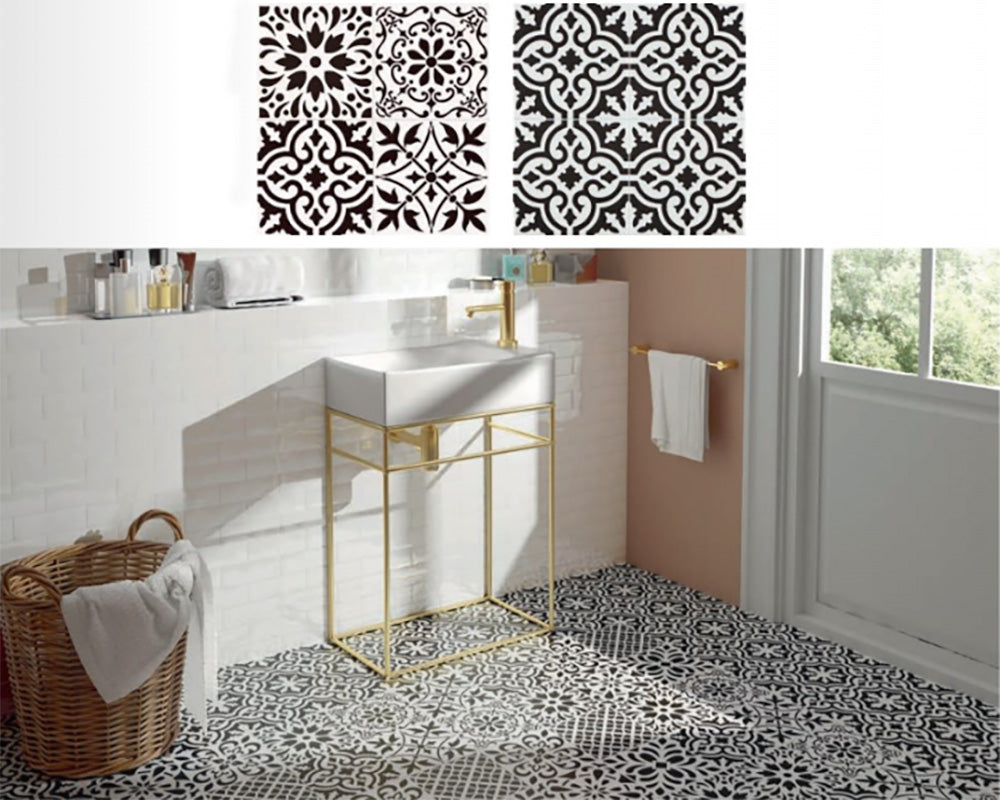Quality | Value | Choice
-
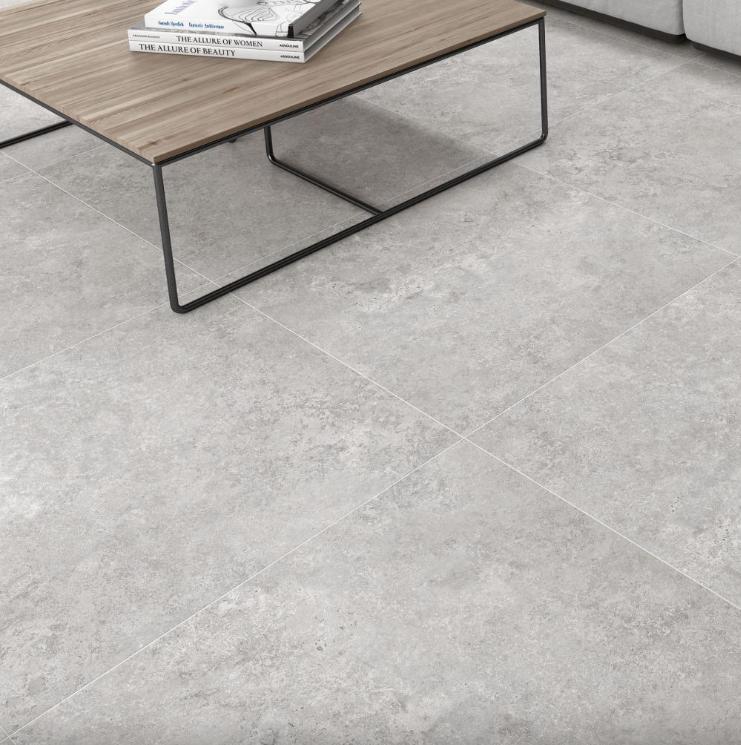
Floor Tiles
Explore our floor tiles range —durable, stylish, and perfect for any space....
-
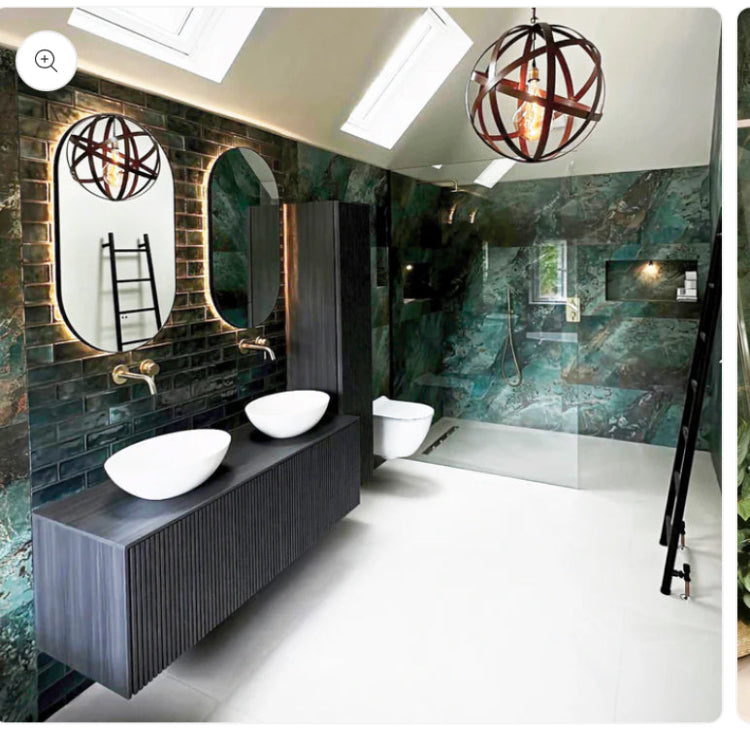
Wall Tiles
Elevate your interiors with premium range of wall tiles, combining artistry and...
-
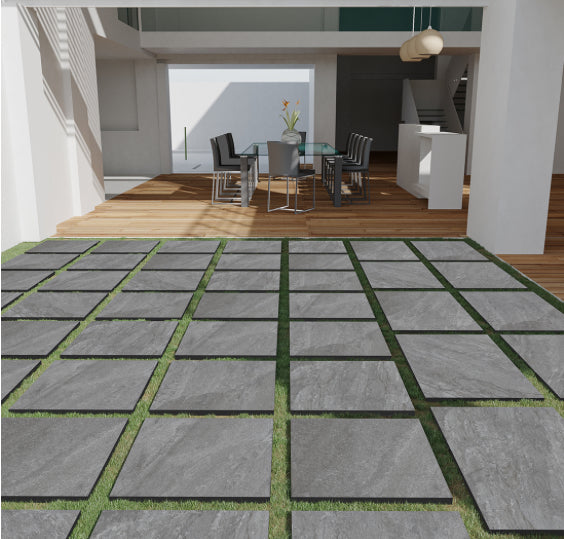
Outdoor Tiles
Outdoor porcelain 20mm tiles are durable, weather-resistant, and perfect for patios, gardens,...
-

Patterned Tiles
Enhance your home with our stunning pattern tiles—bold geometrics, delicate florals, and...
-
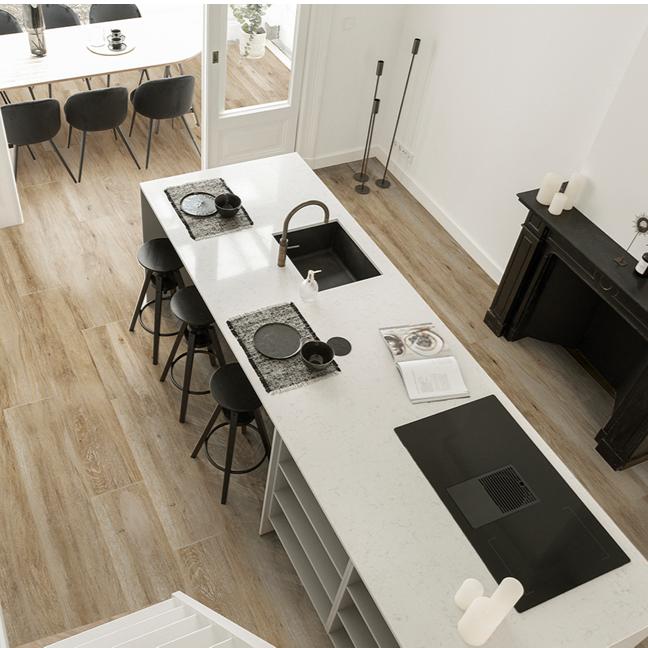
Wood Effect Tiles
Bring natural warmth to your home with wood-effect tiles—authentic timber charm, water-resistant...
-

Clearance Tiles
Huge savings on premium tiles—up to 50% off! Upgrade your kitchen, bathroom,...
-
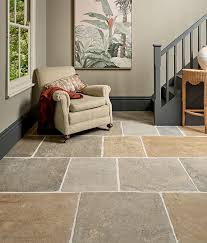
Hall Tiles
Elevate your hallway with stylish tiles—durable, elegant, and designed to enhance any...
-
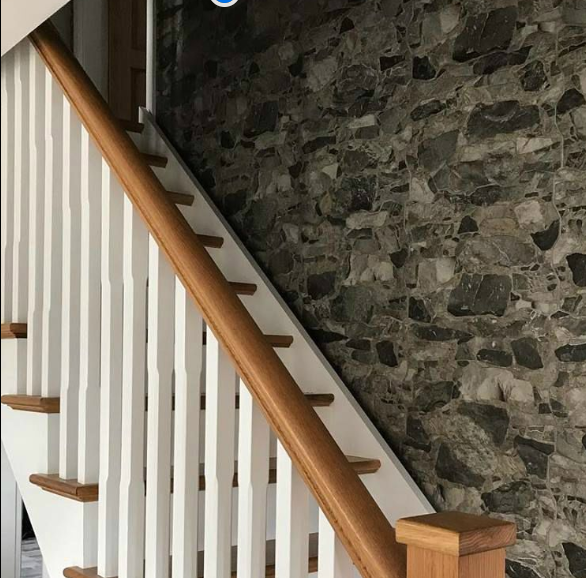
Cladding Tiles
Cladding tiles enhance walls with stylish, durable finishes, offering protection and aesthetic...
-
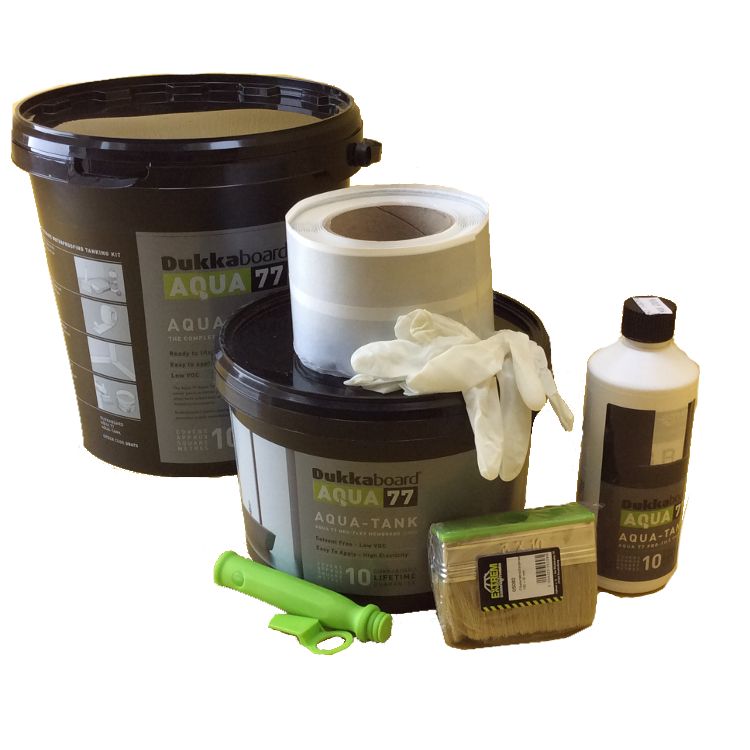
Fitting & Aftercare
Maintain tiles with premium grout, high-strength adhesive, and expert aftercare solutions. Easy-to-use...
Welcome to Just Tiles N Bathrooms
From our Ballymena based showroom Just Tiles N Bathrooms offer a wide range of Tiles, Bathrooms, LVT and wooden floors
With more than 50 years experience in the business we provide excellent help and guidance for all our customer’s projects, regardless of size, nature and budget.
Visit our Showroom
justtilesni
Hermes Cream 1200x600
Share
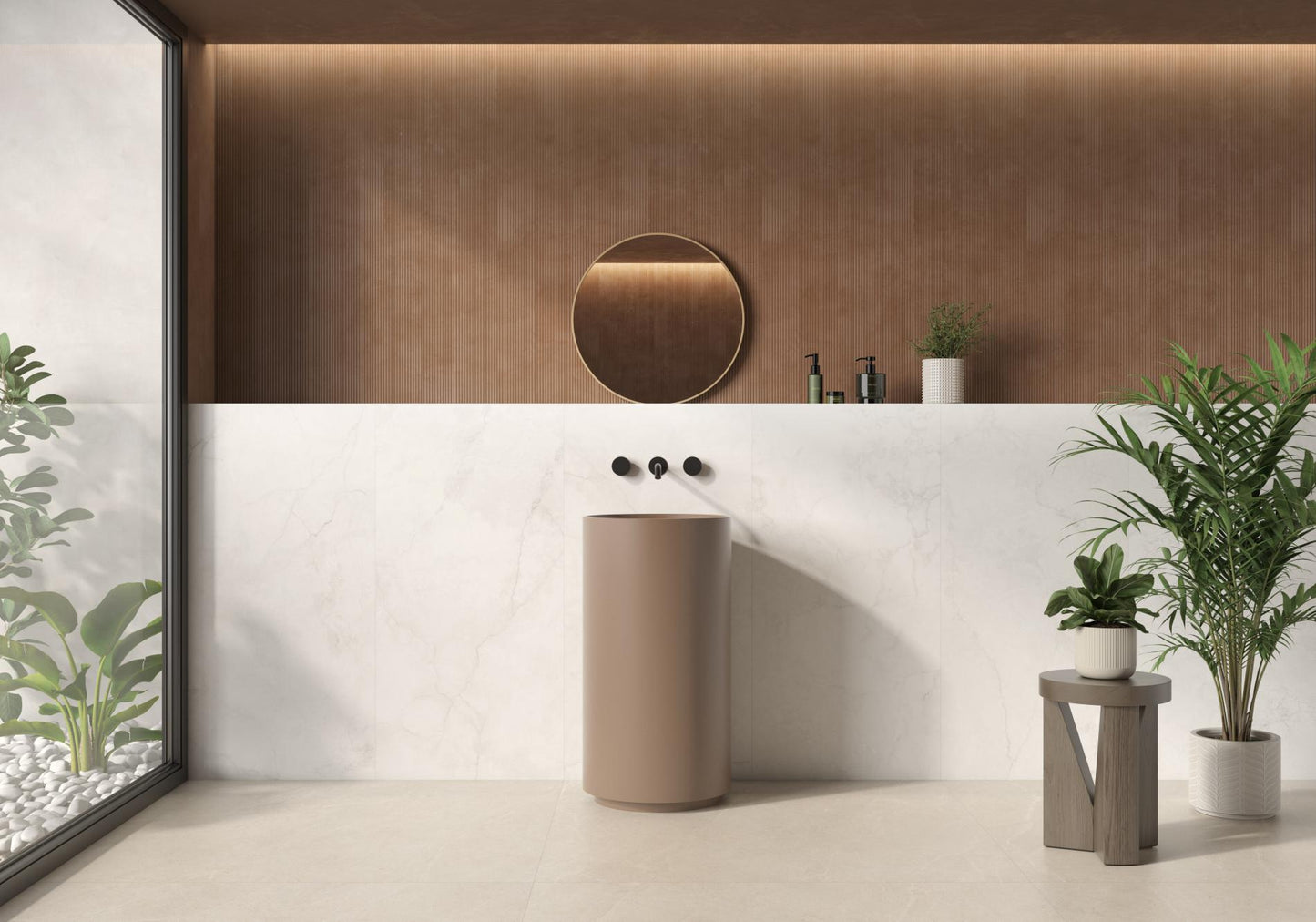

JUST RIGHT FOR YOUR HOME!
Tiles
Working with tradesmen throughout Northern Ireland we work strenuously to provide the best quality products.
As official online stockists there really is a beautiful tile for every room of your home and we travel extensively meeting suppliers to bring you the best choices online and in-store.
The popular styles such as large format tiles, polished porcelain tiles and wood effect tiles are offered alongside the more established ranges such as stone effects and pattern tiles, ever popular within NI!
Bathrooms
As well as tiles, we also supply Bathroom and wooden floors to the UK & Ireland markets.
By only supplying trusted brands we are confident we can give our customers the peace of mind to choose the right products. Understanding the importance of getting it right the first time.
From traditional to timeless classics, modern or minimalist, our bathroom collections are stunning! With best-selling bathroom ranges always priced to sell, we have the perfect bathroom makeover for you.
Wooden Flooring & Vinyls
To ensure that we offer our customers a vast choice of flooring options, we also display and stock a huge variety of Wooden Floors and Vinyls. These include Oak, Walnut and Herringbone Wooden Floors and a range of Vinyl floors suitable for use in your Kitchen, Bathroom, En Suite or any other room in which wooden floors would not typically be recommended.
Delivery Information
All tiles will require pallet delivery and we offer a competitive rate Per pallet price is determined by Postcode. As items are added to the cart, our system will estimate the cost accordingly based on the postcode provided.
If you have any questions about the price of delivery showing in your basket, give us a call for clarification.
Phone : 02825632343 or email us @ info@justtilesni.co.uk
Testimonials
-
Hannah Faulkner
I’ve bought some beautiful tiles from the team, 5 star service from the team with excellent quality products on display! I will definitely be back for my next home improvement project!
-
Matt Corrigan
Excellent Value tiles and great customer service.Ordered tiles at 10pm on Wednesday night and they were delivered first thing Friday morning.Very satisfied customer.
-
Debbie Harknes
Would highly recommend Just Tiles n bathrooms. 1st class customer service, so helpful and patient when i was deciding on my tiles.
Tiles arrived quick .
Big THANK YOU
-
Sarah Campbell
Excellent service from Peter from start to finish for all our bathroom products for our new build home! Great selection and really good prices! Thanks again
News From Our Blog
View all-
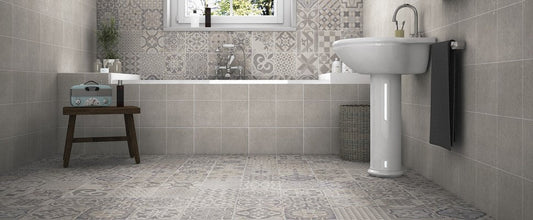
Small Bathroom Tips
Most of us dream of having a large, luxurious bathroom where we can relax after a hard day’s work. Lovely if we have the space, or can extend, in order...
Small Bathroom Tips
Most of us dream of having a large, luxurious bathroom where we can relax after a hard day’s work. Lovely if we have the space, or can extend, in order...
-

Bathroom Renovation & Design Services
Bathrooms are the number one room to renovate, even more frequently than kitchens. Not sure where to start? Book an in-store appointment and we’ll walk you through your bathroom renovation or...
Bathroom Renovation & Design Services
Bathrooms are the number one room to renovate, even more frequently than kitchens. Not sure where to start? Book an in-store appointment and we’ll walk you through your bathroom renovation or...
-

The benefits of shopping at Just Tiles N Bathrooms
When it comes to shopping for a new bathroom suite or flooring there are many retailers to choose from here in Northern Ireland, the Republic of Ireland and the UK....
The benefits of shopping at Just Tiles N Bathrooms
When it comes to shopping for a new bathroom suite or flooring there are many retailers to choose from here in Northern Ireland, the Republic of Ireland and the UK....
How Can We Help ?
Subscribe to our emails
Be the first to know about new collections and exclusive offers.











